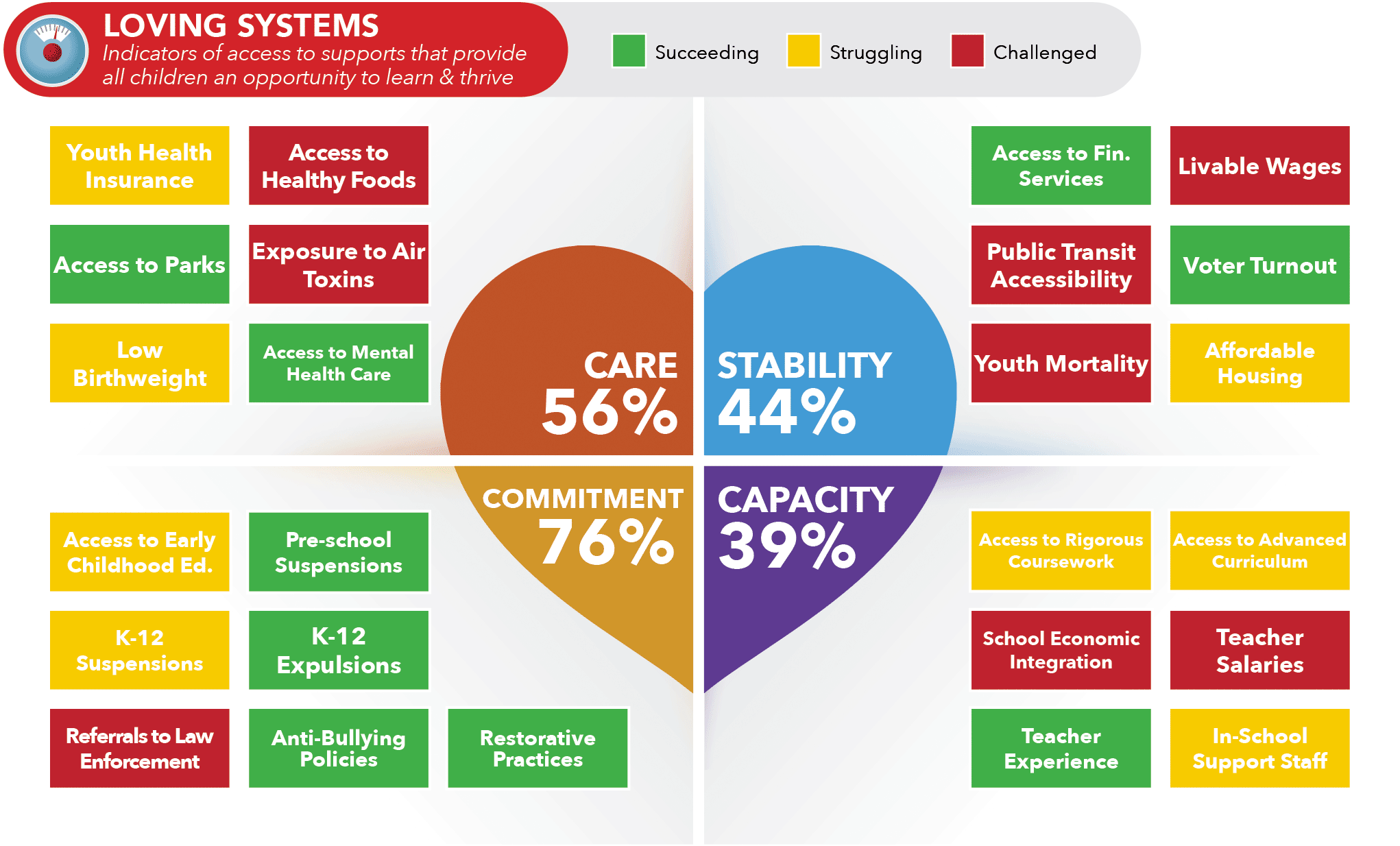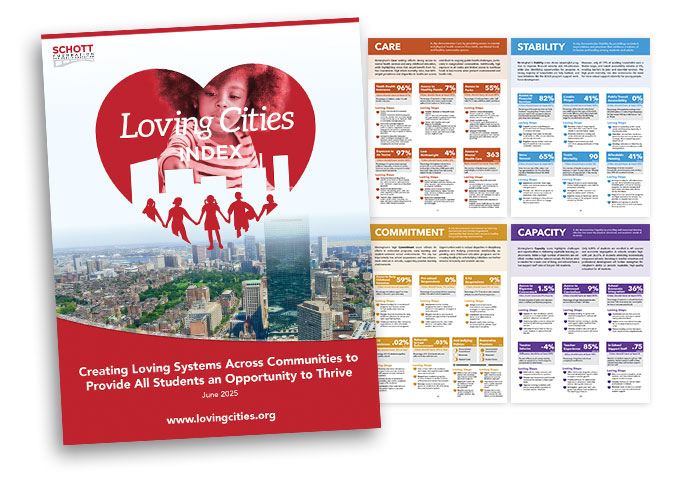Pittsburgh is a city defined by resilience, reinvention, and a deep sense of community. Known as the “Steel City” for its once critical role in fueling America’s industrial rise, Pittsburgh has transformed over the past few decades into a hub for education, healthcare, robotics, and the arts. Its legacy of labor, innovation, and civic pride continues to shape its identity today.


of supports measured
With a population of over 300,000, Pittsburgh is home to world-renowned universities, medical centers, and cultural institutions. Yet, like many post-industrial cities, it also faces persistent challenges rooted in economic transition and racial and neighborhood inequities. Generations of structural disinvestment have contributed to disparities in health outcomes, educational opportunity, housing affordability, and economic mobility—particularly for Black and low-income communities. The city continues to struggle with deep segregation across its ninety neighborhoods.
Pittsburgh is poised to build on its rich legacy of innovation by prioritizing investments in livable wages, youth wellness, environmental justice, and inclusive education. By continuing to center equity and healing in its policies and practices, Pittsburgh can create a future where every resident has the opportunity to thrive.
Expand to read more
Pittsburgh is demonstrating steady progress in education attainment, youth engagement, and workforce development, while facing continued challenges related to child poverty and district-wide economic disparities. The city’s performance across the core indicators highlights both areas of strength and opportunities for expanded investment and support.
Pittsburgh has made significant gains in education, with 54.75% of adults holding an associate degree or higher—well above the national average. The city also boasts a strong high school graduation rate of 92%, reflecting the efforts of Pittsburgh Public Schools and higher education partners like the Pittsburgh Promise, a scholarship program providing up to $20,000 in college funding for eligible graduates of city high schools. These programs support students in both completing high school and pursuing postsecondary opportunities.
Only 3.65% of youth in Pittsburgh are not in school or working, a promising sign of youth engagement in education and the workforce. This success is partly supported by initiatives such as Learn & Earn, a summer employment program jointly operated by Partner4Work and the City of Pittsburgh, which offers paid work experience and career exploration for youth ages 14 to 21. These programs provide meaningful pathways that connect young people with education, mentorship, and employment.
Despite progress in education, 14.84% of children in Pittsburgh live below the poverty line—slightly above the national average. This reflects broader economic disparities, as also seen in the high poverty rate (59.05%) across the public school district. To address child and family poverty, the Allegheny County Department of Human Services operates Family Centers and early childhood programs that offer parenting support, access to benefits, and housing stability resources. Continued investment in comprehensive anti-poverty strategies will help close these gaps.
Pittsburgh’s unemployment rate is just 3.2%, better than the national average, indicating a resilient local economy. Workforce agencies like Partner4Work play a key role in connecting jobseekers to training and employment through sector partnerships in industries like healthcare, manufacturing, and tech. These targeted training efforts contribute to low unemployment and increase access to stable employment.
Just 3.65% of students in Pittsburgh are classified as English Learners, significantly lower than the national average. While the population of English Learners is relatively small, local organizations such as Casa San Jose support inclusive education and integration services for multilingual families.
Pittsburgh Indicators

The Community Climate comprises indicators of a city’s current conditions in important areas such as education, economic stability, and public health. While these indicators do not uncover underlying supports or influences in a city, the outcomes provide a picture of a community’s well-being, economic mobility, and equitable opportunities.



